|
|
|||
THIS WEEK at HILTON POND
1-7 December 2006
Installment #339---Visitor #
(Back to Preceding Week; on to Next Week)
|
Only a few places remain for our upcoming |
|
Join Us for the |
|
|
EARLY DECEMBER IN THE
CAROLINA PIEDMONT We returned from our whirlwind trip to Japan (see Gochisosama, Yamagata) on 1 December and spent the rest of the week trying to get over our jet lag. We managed to band a few birds, but for the most part we played catch-up all week, tending to deesk work that built up during our overseas absence. When we couldn't stand sitting in front of the computer any longer, we went outside with camera a couple of times each day to see what we could find in the woods around Hilton Pond Center. Trust us when we say there was plenty to photograph, as shown below by just a few snapshots of what we found in early December in the Carolina Piedmont.
All text & photos © Hilton Pond Center To be honest, we didn't even have to go outside for the first photo (above)--a quick but difficult photo through glass of an Eastern Gray Squirrel, Sciurus carolinensis, backlit against the morning sky. Just outside our office window at Hilton Pond Center grows a mature Flowering Dogwood. In summer the tree is part of the daily route of a Black Ratsnake that slithers up it to gain entry into the attic of our old farmhouse. This serpent earns its keep by getting rid of small rodents that otherwise would infest the upstairs storage area. Come winter the dogwood serves as a perch for various songbirds, but this week a young male squirrel-of-the-year has been using it as a resting place as it chows down on acorns--one of which is in his mouth in the photo. This individual has a good bit of rusty color on his flanks, and a very buffy face. Not quite full-grown, the squirrel will undoubtedly fatten up during the winter and come into breeding condition next spring. Then, or shortly thereafter, that perfectly smooth edging on its ear is likely to become a little tattered as he gets into territorial battles with other males or gets rebuffed by less amorous females.
Earlier this fall we found what we thought to be a Common Grape Fern, Botrychium dissectum, growing on a tip-up mound just outside the back door of the Center's farmhouse. Realizing this species is sometimes confused with Virginia Grape Fern, B. virginianum--also known as Rattlesnake Fern--we commented that one way to tell the two apart was to wait for cold weather.
And speaking of spores, as we walked a trail around Hilton Pond one day this week we came across the fallen limb of an old oak. This sizeable chunk of wood has been on the ground for several years and has been decaying, slowly but surely. Sometime this year it was colonized by a group of Pear-shaped Puffballs, Lycoperdon pyriforme, whose root-like mycelia are inside the wood breaking its cellulose into simpler compounds. The puffballs, each a little more than an inch in diameter, are themselves the mushroom's reproductive structure. They first appear as smooth, flat, tan-colored bumps on the log, but before long they take on a more three-dimensional, almost spherical shape. Initially the puffball is a solid mass of water-laden cells, but as it matures the center of the ball becomes filled with powdery brown spores, after which the thin outer membrane of the puffball opens at the tip, forming a quarter-inch pore. Even the slightest touch--perhaps a bump from a White-footed Mouse or even a fast-moving beetle--compresses the outer membrane enough to force spores out of the puffball's interior. If one thumps the puffball really hard, a cloud of spores billows forth, looking almost as if the mushroom is on fire. This process isn't easy to catch with a still camera--the spores drift away almost instantaneously--but after a series of thumps we finally got the exposure above showing a spore cloud. Just imagine how many microscopic spores must be in that brownish plume!
When we moved back in 1982 to what is now Hilton Pond Center, most of the 11 acres was open and grassy, with few trees, shrubs, or vines. In the past 25 years, nature has done a superb job--aided by our benign neglect--in re-vegetating the property. Where once there was only Broomsedge, now we have young mixed forest of hardwoods and pines, with an ever-increasing population of Virginia Creeper, Parthenocissus quinquefolia. This native vine, whose five-part leaflets gave rise to its species epithet, is lush green during spring and summer and turns a brilliant scarlet come autumn. It reproduces in part via dark blue berries that almost certainly are disseminated by birds, hence the large numbers of Virginia Creeper vines now crawling across horizontal surfaces or climbing up vertical ones. On the ground this vine simply puts out rootlets that enter the soil, but on a tree it produces large numbers of so-called "adventitious roots." These function not to absorb water and nutrients but to hold tight to a tree's bark--lest the weight of the vine cause it to fall back to earth. Adventitious roots allow Virginia Creeper to climb straight up a trunk; the roots cause the host tree no harm. In the photo above, a half-inch diameter Virginia Creeper vine ascends a Common Persimmon, its roots twisting out to grab every nook and cranny of the tree's bark. To us, these roots look almost surreal, like something from "Lord of the Rings," or a Harry Potter movie.
On the last day of the week--7 December 2006--we were running bird traps as usual at Hilton Pond Center, baiting those on trap stands with black sunflower seeds and those on the ground with our special 3:2:1 mix of cracked corn:white millet:shell corn. After setting and baiting the traps at first light, we monitored them almost constantly--all were easily watched from the window of our computer desk--and at 9:10 a.m. we noticed a male House Finch inside a hanging trap containing a tube feeder with sunflower seeds. When we retrieve a bird from a trap, the first thing we do is check both legs to see if a band is present. Sure enough, this particular bird was banded on its left leg, but the band was old and dull-looking rather than shiny bright like a new one; in addition, the band was heavily worn and no longer symmetrical (below left). Next we checked the band number itself. There are two rows of numbers on a bird band--a four-digit prefix number above a five-digit individual number. As we leafed back through the pages for 1B bands--the prescribed band size for House Finches--we kept going . . . and going . . . and going . . . back in time through 2005 and 2001 and 1999 until we came to the 44 series. When we finally stopped at 44339 we were 'way back in 1998--specifically at 3 August 1998, the day we caught and banded this particular House Finch as a free-flying recent fledgling, brown in color and thus of unknown sex. We quickly calculated (i.e., counted on our fingers) that this House Finch, hatched in 1998, is now in its ninth year--making it one of Hilton Pond Center's mythical "Methuselah birds." Ironically, our old finch had been caught in the very same tube feeder trap hanging in exactly the same spot back in '98. More amazingly, we've only caught it ONCE in the years since: On 21 June 2005 it was cptured in a mist net 30 feet away from the trap. It had red color then, as well as a cloacal protuberance indicating it was in breeding condition, so this allowed us to update our records to say it was a male. Where this finch had been all that time between 1998 and last year is a mystery, as is where it's been hanging out for the 18 months since we last re-trapped it. In any case, this bird has set a new record for longevity for House Finches at Hilton Pond Center, but it's not quite as elderly as the 11-year bird the federal Bird Banding Lab says is the oldest known for this species.
Our Methuselah bird (above) was in excellent shape for a nine-year-old, although we imagined its feathers were graying a little on top as would befit its age. This "ancient" bird very likely has been somewhere near Hilton Pond Center its whole life, where it's witnessed early December in the Carolina Piedmont far more times than the vast majority of its species.
All text & photos © Hilton Pond Center
Comments or questions about this week's installment?
Thanks to the following fine folks for recent gifts in support of Hilton Pond Center for Piedmont Natural History and/or Operation RubyThroat: The Hummingbird Project. Your contributions allow us to continue writing, photographing, and sharing "This Week at Hilton Pond." (See Support if you'd like to make a gift of your own.)
"This Week at Hilton Pond" is written & photographed You may wish to consult our Index of all nature topics covered since February 2000. You can also use our on-line Hilton Pond Search Engine at the bottom of this page. For a free, non-fattening, on-line subscription to |

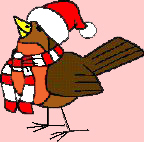
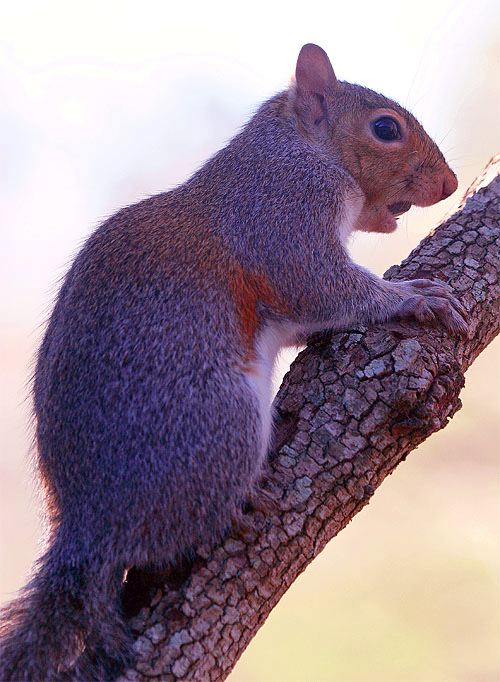

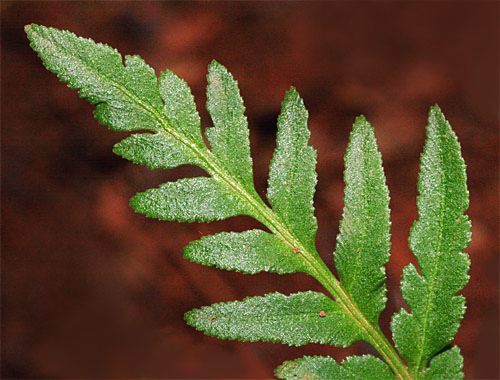 That's because Rattlesnake Fern is deciduous and dies back to the ground after the first hard freeze, while Common Grape Fern survives most winters even though its leaflets--bright green during the growing season (right)-- are known to take on a bronze tint once cold weather arrives. We've been keeping an eye on the plant we photographed back in
That's because Rattlesnake Fern is deciduous and dies back to the ground after the first hard freeze, while Common Grape Fern survives most winters even though its leaflets--bright green during the growing season (right)-- are known to take on a bronze tint once cold weather arrives. We've been keeping an eye on the plant we photographed back in 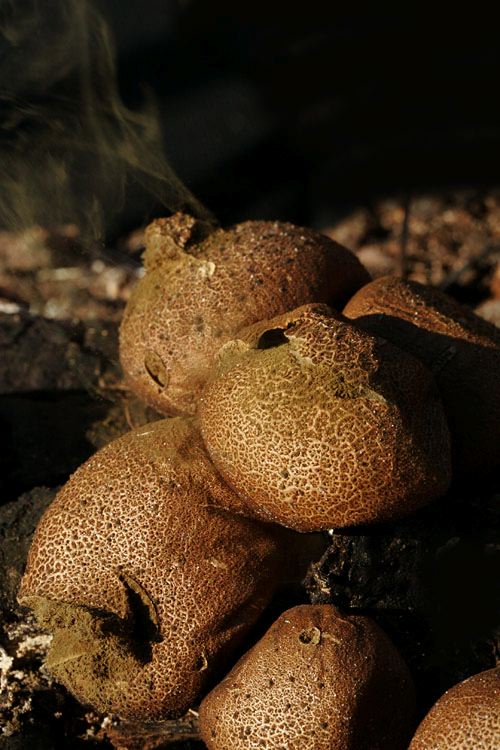
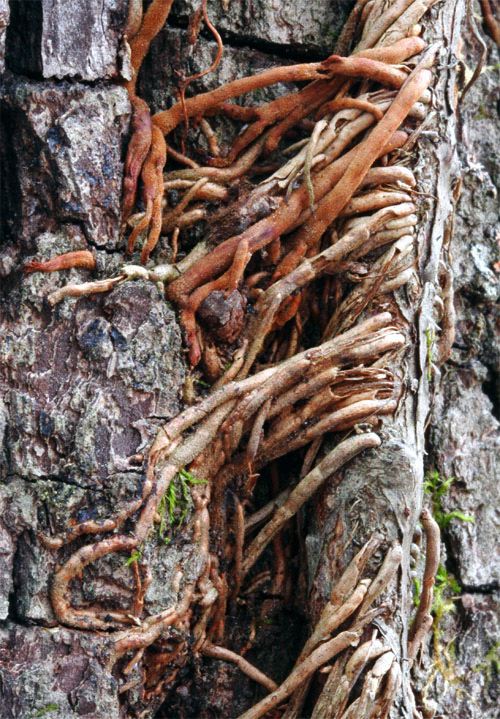
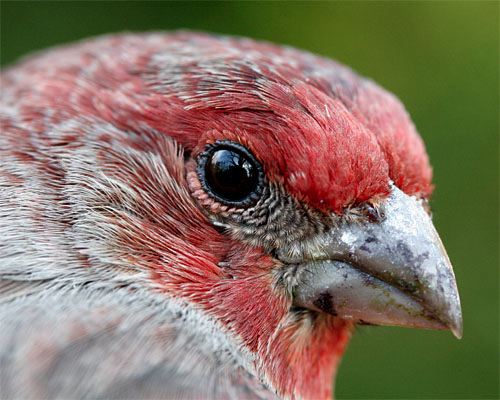
 The individual number in this case began with 44, a series we used up quite a few years back. When we took the bird inside to our banding table, we wrote down the full number (1531-44339) and then grabbed one of the notebooks in which we keep hard copies of our banding records.
The individual number in this case began with 44, a series we used up quite a few years back. When we took the bird inside to our banding table, we wrote down the full number (1531-44339) and then grabbed one of the notebooks in which we keep hard copies of our banding records.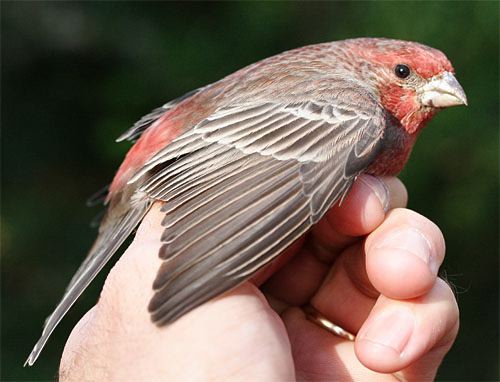


 Oct 15 to Mar 15
Oct 15 to Mar 15
